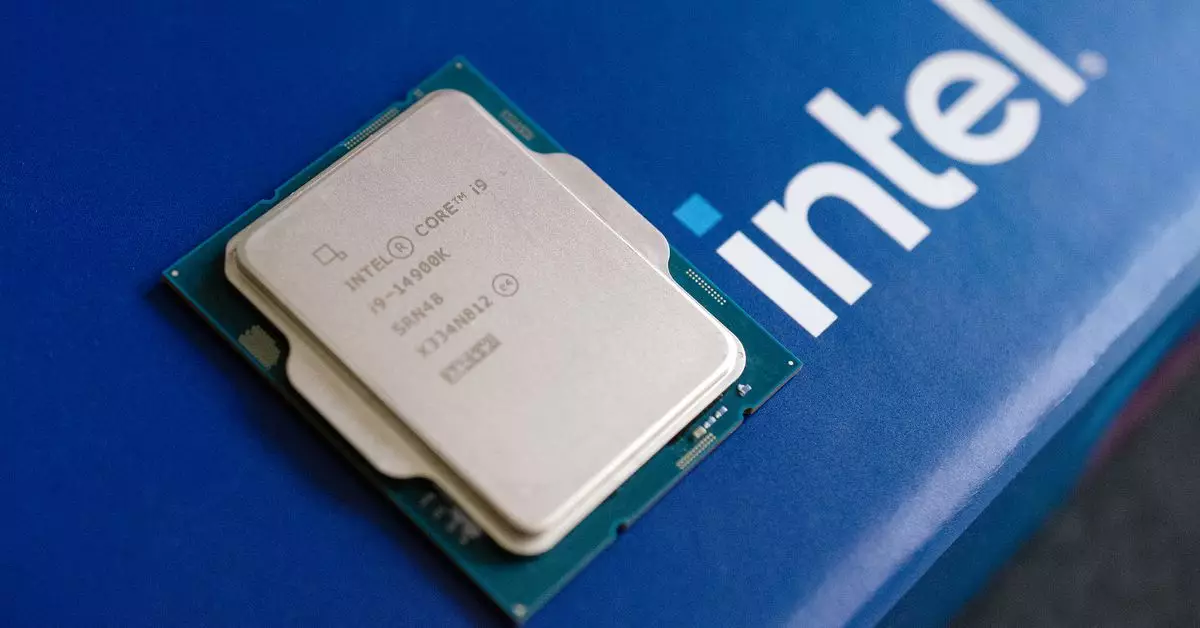The tech community is once again grappling with troubling news from Intel, one of the leading giants in microprocessor technology. Recently, the company announced a significant microcode update pertaining to its 13th and 14th Gen Raptor Lake processors, designed for desktop PCs. This announcement has stirred a sense of urgency, primarily because there’s a potential risk of these chips enduring permanent damage, leading to system crashes. For enthusiasts and everyday users alike, understanding the implications of this update is crucial to maintaining system stability.
Intel’s latest microcode update, designated 0x12B, aims to curb one of the key contributors to the stability issues plaguing Raptor Lake processors: excessive power draw during idle or light operational states. This behavior, while seemingly innocuous, can lead to premature wear and tear on the CPU, heightening concerns for those who heavily rely on their systems for critical tasks. Users are advised that while Intel is rolling out these updates, the process through motherboard manufacturers may take several weeks, introducing a lag in availability.
Moreover, even with the introduction of this update, a lingering question remains regarding systems that have already begun to exhibit signs of instability. Unfortunately, for those affected, the remedy isn’t as simple as downloading a BIOS update. The advice from Intel is clear: if your processor is already displaying problems, the best course of action is to reach out for a warranty claim rather than investing time in troubleshooting.
The backdrop to this situation goes deeper than just a single faulty update. Intel’s reputation has been challenged recently, especially concerning the growing competition from rivals like AMD. Consequently, even a minor hiccup like this microcode issue can have ramifications on customer trust. This particular incident has amplified discourse among tech communities, with many users sharing experiences, concerns, and troubleshooting tips in online forums.
While Intel asserts that their laptop chips are not impacted by these voltage issues, skepticism remains in the air. Cases of malfunctioning Raptor Lake laptop models have appeared sporadically, raising questions about Intel’s transparency and the overall quality control of their silicon products. As they navigate this predicament, the company must ensure clear communication with their user base to rebuild confidence.
Going forward, Intel faces a monumental task: restoring user trust and ensuring product reliability moving into upcoming product cycles. The ongoing scrutiny of Raptor Lake’s performance could serve as an important case study for future product development decisions. This microcode update, paired with the company’s willingness to improve quality control mechanisms, may be pivotal for Intel’s ongoing and future product lines.
While the new microcode update reflects Intel’s commitment to mitigating damage risks associated with the Raptor Lake processors, it underscores a pressing need for better communication and faster resolution strategies. Users are left hoping for a swift closure to these issues, while Intel must prove that it can effectively address such challenges in an increasingly competitive landscape.


Leave a Reply